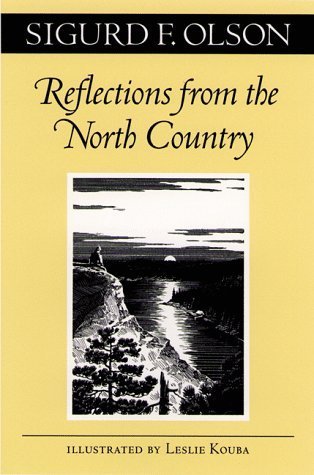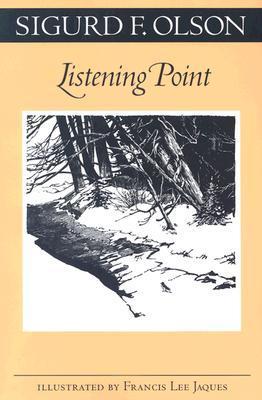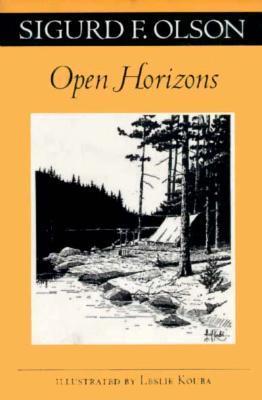
The Singing Wilderness
Book Description
Beneath the canopy of towering pines, where the air vibrates with the calls of a hidden wilderness, lies a journey that transcends time and place. Sigurd F. Olson captures the essence of raw nature, painting landscapes alive with vibrant beauty and haunting solitude. Every page is an invitation to wander through untouched lakes and echoes of ancient forests, urging a connection to the wild and to ourselves. This exploration isn’t just about the land; it’s a call to awaken our souls and find our purpose. What will you discover when you listen to the singing wilderness?
Quick Book Summary
"The Singing Wilderness" by Sigurd F. Olson is a poetic collection of nature essays that chronicles the author's experiences and reflections in the vast Northwoods of Minnesota. Olson, a lifelong naturalist and canoeist, explores the spiritual and physical bonds people share with wild places. Through vivid descriptions of lakes, forests, and the changing seasons, he draws readers into the tranquility and subtle rhythms of the wilderness. His writing laments the threats to pristine landscapes while celebrating the renewal and solitude found in nature. Olson encourages readers not only to appreciate the beauty of untouched lands but also to listen deeply to the "songs" of the wilderness, suggesting that such connections awaken a deeper sense of purpose, inner peace, and environmental stewardship.
Summary of Key Ideas
Table of Contents
The Spiritual Connection to Nature
Sigurd F. Olson’s work immerses readers in the wilderness as a spiritual sanctuary. Through atmospheric descriptions and personal stories, Olson emphasizes the profound relationship that can develop between humans and wild landscapes. The wilderness, for him, is not simply a backdrop but a living presence that evokes wonder and reverence. Olson articulates how the deep forests, vast lakes, and silent skies stir a sense of awe and humility, awakening something vital within the human spirit. The act of being present in nature fosters both reflection and renewal.
The Healing Solitude of Wilderness
Central to Olson’s essays is the theme of solitude. He explains how atmospheres free from modern distraction allow individuals to listen more attentively—to nature’s sounds and to the quiet stirrings within themselves. The solitude of canoe trips and hiking through old-growth forests gives Olson peace and clarity, which he believes is essential for emotional well-being. This solitude is not loneliness; instead, it is a gift that allows for self-discovery and a deeper connection with life.
Seasonal Cycles and Their Meaning
Olson pays close attention to the shifting seasons, detailing how each stage reflects cycles of change and continuity. Spring’s promise, summer’s vibrance, autumn’s melancholy, and winter’s hush all inform his understanding of nature’s rhythms. These natural cycles mirror human experiences of change, loss, and renewal. Through these observations, Olson encourages readers to find meaning and comfort in the recurring patterns and transitions of the wild.
The Importance of Preserving Wild Places
The fragility of wilderness and the need for conservation run as an undercurrent throughout the book. Olson voices concern for the pressures facing natural landscapes, urging readers to appreciate, respect, and protect untouched places. He underscores the threats posed by modernization and overuse, illustrating how preserving wilderness is interconnected with preserving our humanity and sanity. Olson’s advocacy echoes through his essays, calling for stewardship and environmental consciousness.
Listening to the Wilderness
Finally, Olson explores the concept of truly listening to the wilderness—a vital skill for understanding one’s place in the world. The “singing” he references is not only the literal sounds of birds or wind, but the deeper wisdom and truths communicated by nature to those willing to be receptive. Olson suggests that attentive immersion in the wild offers profound insights, purpose, and joy, and that everyone has the capacity to attune themselves to the singing wilderness if they choose to listen.
Download This Summary
Get a free PDF of this summary instantly — no email required.





